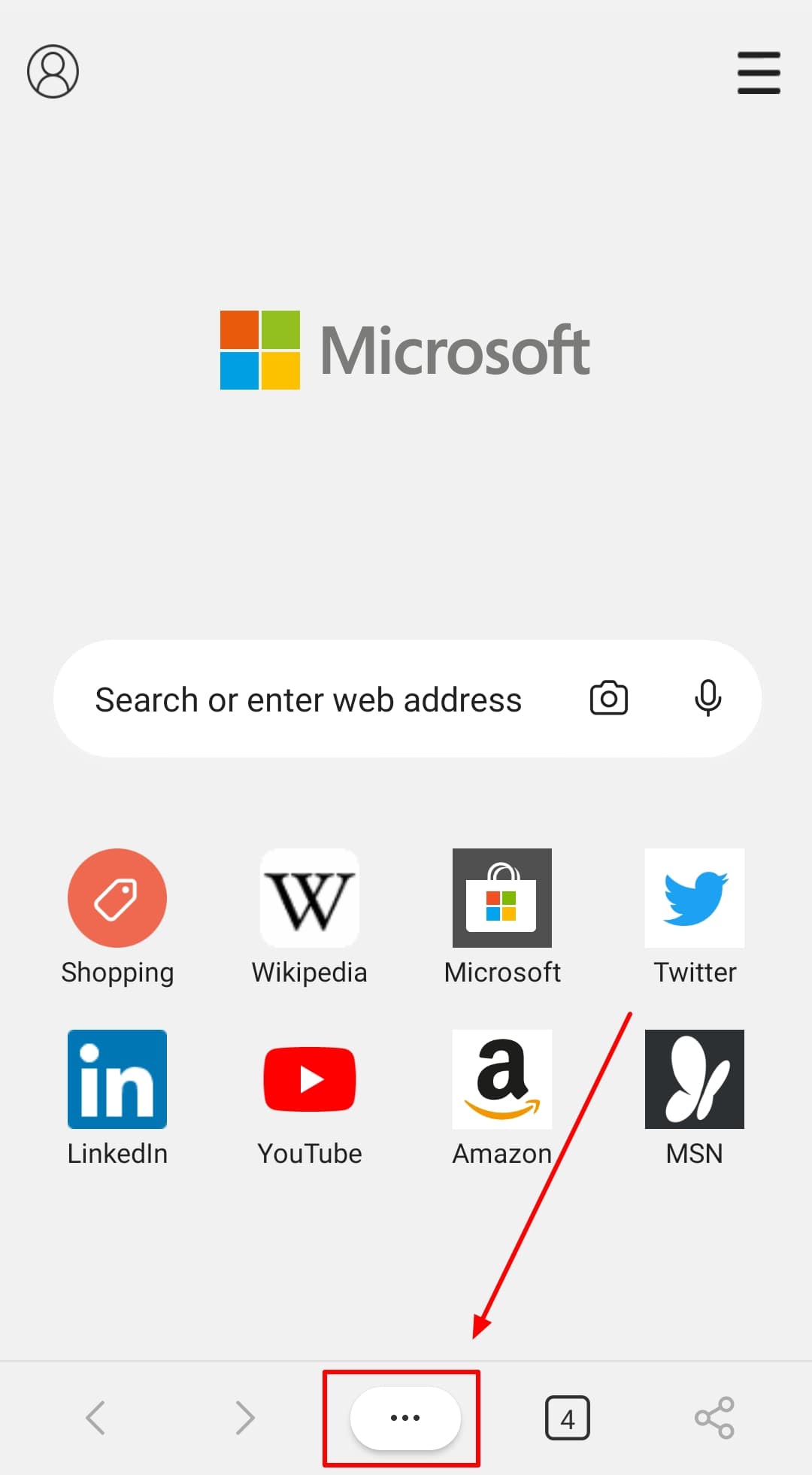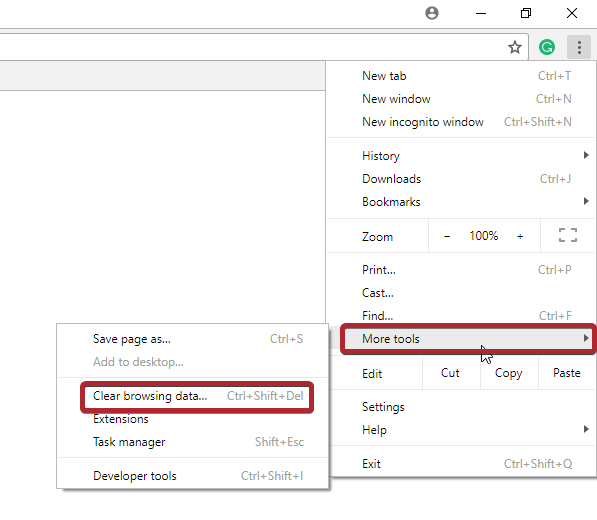
Note: these instructions are specific to Windows Server 2012, however may be similarly applied in Windows Server 2008.Ĭaching of passwords and auto-completion of usernames and passwords used in IE can be disabled from the Group Policy Management Editor under: It’s totally free, developed by Delinea to help organizations understand their level of risk caused by browser-stored passwords. Also, you’ll be able to see which sites are saved, so you’ll know right away if there are critical business sites being stored.ĭownload the free Browser Stored Password Discovery tool.

This will give you a full list of all users and browsers currently storing website credentials for devices on your domain.

So first, we recommend running the Browser Stored Password Discovery tool. There are several steps to make sure your organization’s web browsers are secure and not caching website passwords.

Maybe it’s not a local client issue, maybe your server has a bad cache entry. This will display all the local cache entries. This is another simple command just type:

Step 3: View DNS Resolver cache (Optional) If you want to check the local cache then move on to step 3. Step 1: Open command promptĬlick the Windows start button and type cmdĬlick on Command Prompt to open Step 2: Enter the following command This also works on older Windows operating systems. In this post, I’ll show you how to quickly clear the DNS cache using the command line, Windows Server DNS console, and PowerShell. Having DNS resolution problems? Do you need to clear the DNS cache on a Windows 10 computer or Server?


 0 kommentar(er)
0 kommentar(er)
